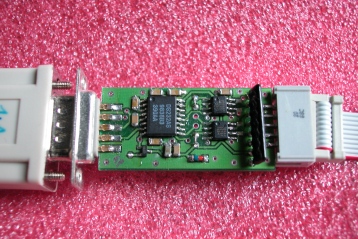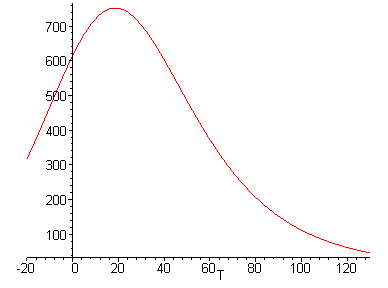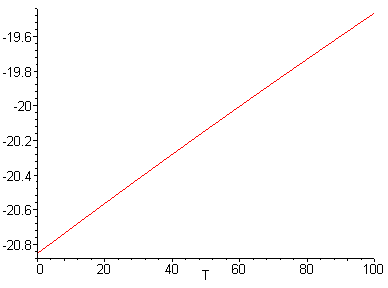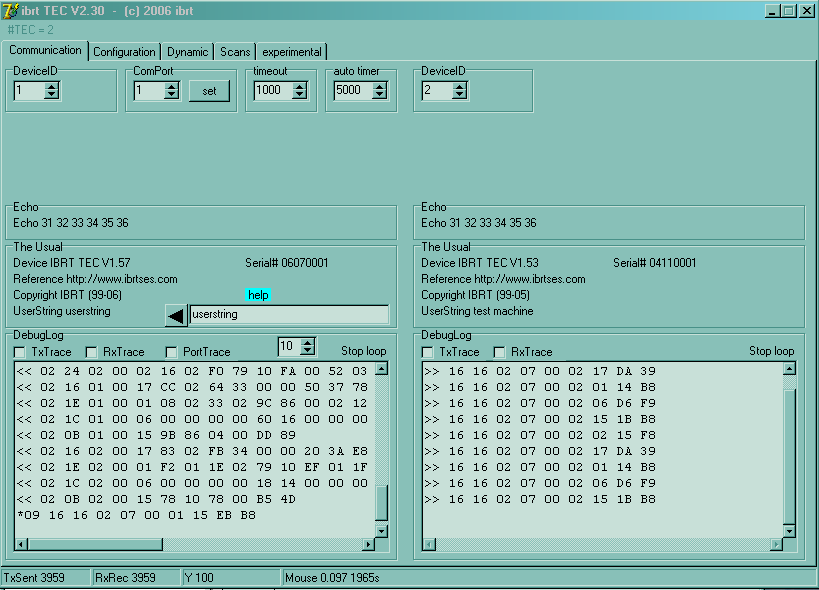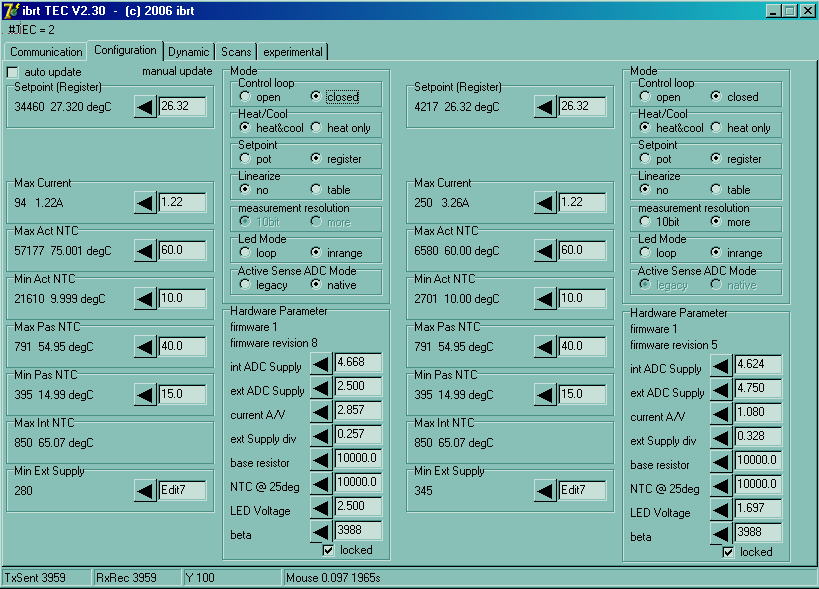- Linear, dissipating H-Bridge design
- single power supply 5.5V to 15V DC, 20mA while standby and communicating
- current capability few Amps, the semiconductors allow > 10A, limited by heat dissipation
- communicates to a PC either through RS232 or RS422
- Temperature is preset by software, a potentiometer is optional
- Temperature stability down to 0.005 Deg C when using RS422, somewhat less with RS232
- absolute accuracy is not yet specified, but wil be in the order of 2 degrees.
- Easy to use Windows user interface to control and monitor is included
- Runs standalone, without PC connection, on a fixed temperature
- communication commandset is available for download
- Fast PID controller with 16 bit of precision
- Protected against active and passive side over temperature, overcurrent, sensor failure and reverse supply
- Latching fault behaviour, requires power on/off or communication to unlatch
- two 1% NTC temperature sensors are included, but PT1000 are possible.
- Settable userdefined string lets the user distinguish multiple TECs on a bus
- pcb size 90 x 62 x 20 mm (width x depth x height)
- standard heat sink included, 110 x 80 x 50 mm
- Manufactured according to the european RoHS regulations
- Fullfills the relavant CE norms EN 60950-1, EN 61010-1, EN 61000-6-2, EN 61000-6-4
 to be built inside your designs,
here shown with included heatsink, mechanical drawings are available
to be built inside your designs,
here shown with included heatsink, mechanical drawings are availableA look at the lab grade RS232 to RS422 converter :
